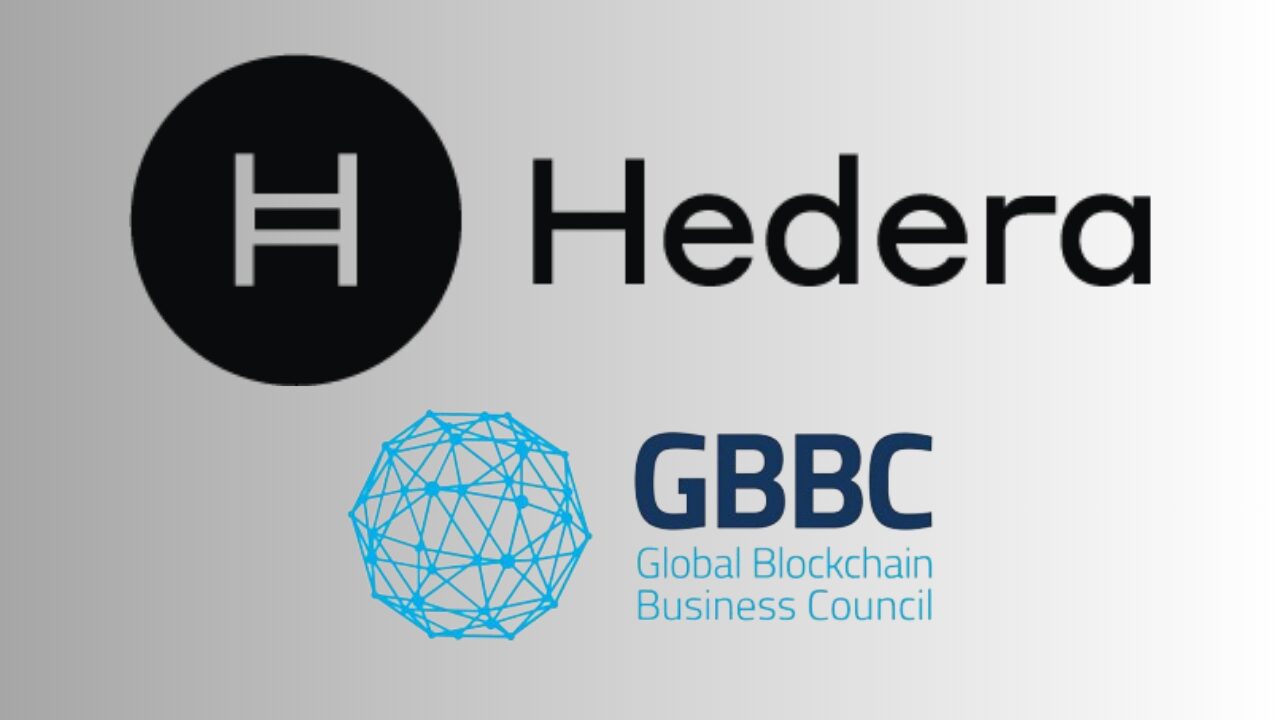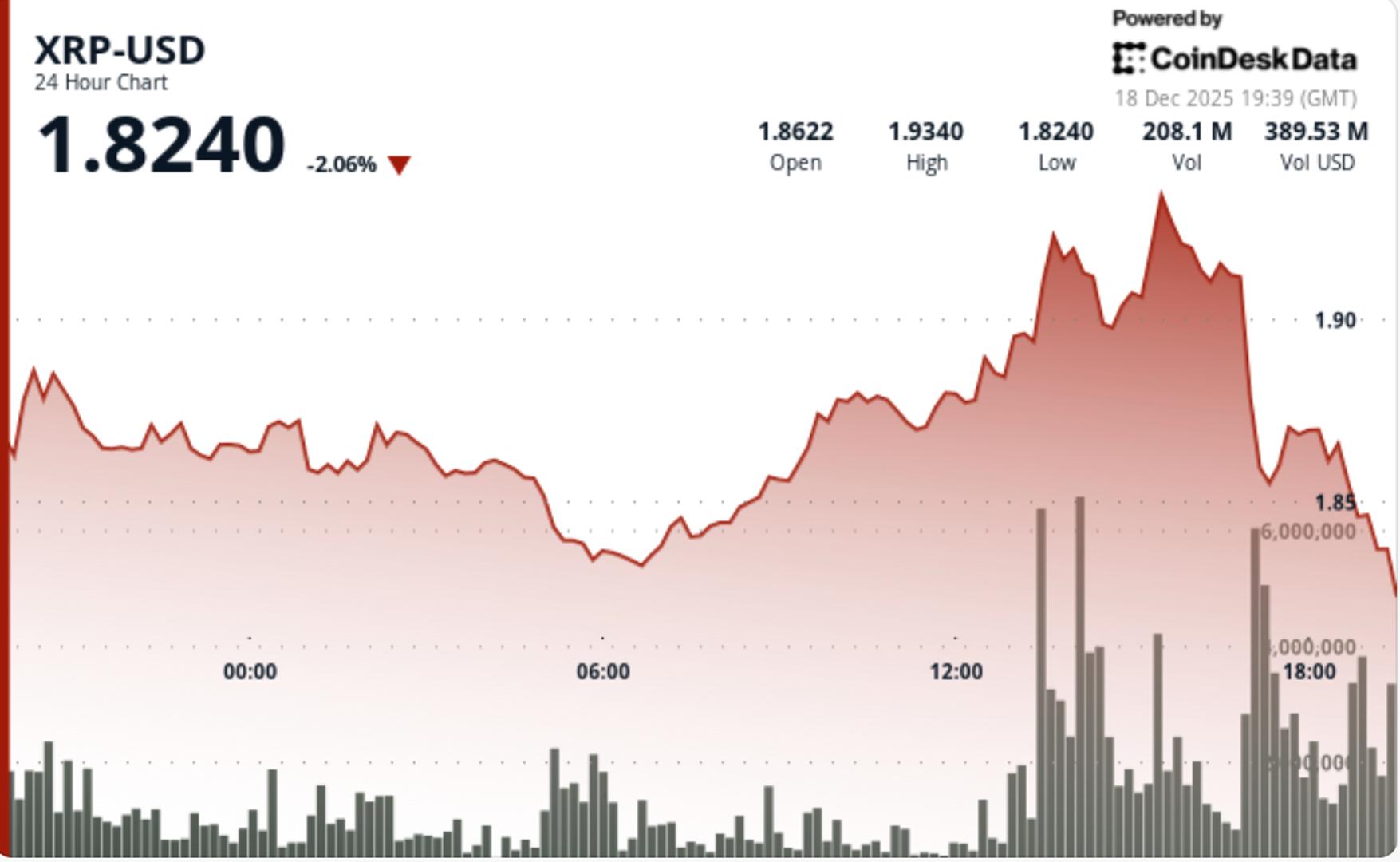XRP Ledger Multi-Purpose Tokens: A Breakthrough for Institutional DeFi AllinCrypto October 2, 2025
On the XRP Ledger, the network’s overhaul of DeFi begins with the Multi-Purpose Token (MPT) standard introduces new features for institutional DeFi.
The protocol-native framework designed specifically for institutional-grade finance will introduce new flexibility for firms looking to make use of tokenization without the complexities.
Unlike traditional smart contract platforms, MPTs embed compliance, security, and flexibility directly into the ledger.
A New Standard for Tokenization for XRP Ledger
The MPT standard was built to remove and tweak the complexities that come with launching and managing tokenized assets on the XRP Ledger. The new launch aims to keep XRPL in the game when it comes to institutional DeFi use cases.

Instead of relying on customized smart contracts, which can come with their own risks and additional costs, MPTs are native to the XRPL and are embedded with features for users.
Every MPT token is deployed with built-in capabilities such as user issuer permissions, compliance records, and detailed metadata for assets.
This type of architecture allows financial institutions to issue and create tokenized assets on-chain while maintaining adherence to regulatory frameworks, all without the need to create smart contracts or custom code.
For institutions looking for an easy, simple-to-use path for institutional DeFi products, MPTs provide a solution that can reduce operational complexities and accelerate product development.
Why MPTs Are Ideal for Institutional DeFi
Institutional participation in DeFi has been affected by compliance and security concerns from traditional ecosystems. When it comes to DeFi applications for firms, security and compliance are always just as important as the enhanced features that they can provide.

- KYC/AML authorization to ensure only approved participants can interact with tokens.
- Freeze and clawback functions for risk management and regulatory enforcement.
- Multi-signature governance for institutional-grade security.
By embedding features at the protocol level, the XRPL can ensure that dApps built using MPTs meet the compliance standards of banks and regulated institutions.
The XRP Ledger’s MPTs aid in insitonal adoption of on-chain networks in ways that have ye tto be done by other chains except for Hedera Hashgraph with its streamlined Studios (Stablecoin Studio, AI Studio).
Unlocking Tokenized Assets at Scale
With MPTs, financial institutions can issue tokenized treasuries, money market funds, or fractionalized real-world assets such as real estate while automatically meeting compliance demands.
Each asset can carry useful metadata, including legal documentation, terms and conditions, or investor disclosures, making them transparent yet reliable, immutable documents with global interoperability.

With the XRPL’s built-in decentralized exchange, escrow services, liquidity pool,s and tokenized assets can be integrated into on-chain workflows. Such integration creates more opportunities for on-chain lending, borrowing, and secondary market trading in an institutionally friendly environment.
Advantages Over Traditional Smart Contracts
Smart contracts are commonly used in tokenization efforts on other blockchains. The use of traditional smart contracts gets the job done, but at times, they can introduce expenses depending on the network’s consensus and come with data limitations.
MPTs can be called “pre-built financial Legos” embedded into the ledger itself. Institutions can configure tokens simply, instead of writing code. Overall, MPTs open the door for more institutions to utilize the XRP Ledger.
With ultra-low transaction fees and settlement finality within seconds, the XRPL already stands out as one of the most reliable networks for global finance.
The addition of MPTs positions the network as a competitor in insitonal DeFi, offering a tokenization standard that’s purpose-built for compliance, security, and performance at scale.
The post XRP Ledger Multi-Purpose Tokens: A Breakthrough for Institutional DeFi first appeared on AllinCrypto.






